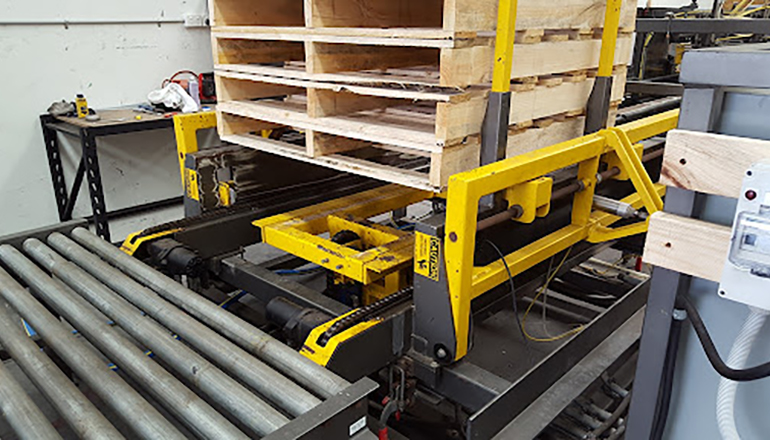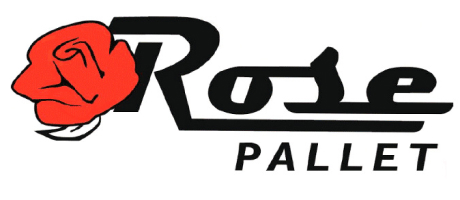Pallet 101: Fundamentals in Material & Manufacturing
Ever wondered how rubber balls are made? What about clocks or crayons? Yep—there’s a show for that. How It’s Made on the Discovery Channel gives viewers a behind-the-scenes glimpse into how everyday things are manufactured. We thought we’d model that idea by providing a summary of the pallet manufacturing process.

Pallet Composition
All pallets are made from the core of a tree; but, because the lumber used to make pallets is a mixture of hardwood or softwood species, pallet producers usually cannot specify the type of wood. However, there are two species of wood found in high proportion in lumber mixtures used to manufacture pallets. These are oak and southern yellow pine (or SYP for short).
Oak is considered a high-density hardwood and it is used because of its strength. Pre-pandemic, there was often a surplus of oak leftover from markets such as housing or furniture construction, which made it widely available to use in pallet production. Although it is harder to come by these days, oak is still ideal for pallets that must haul heavier loads of fragile goods.
Pine is also commonly used in pallets because softwoods tend to be more consistent in weight than hardwoods, giving the product a high strength to weight ratio. Softwoods are also easier to dry, which helps prevent contamination from fungi, molds, or other pests. For this reason, pallets produced with a mixture containing SYP are ideal for industries such as pharmaceutical or food and beverage where pallet cleanliness is paramount.
Manufacturing Process
Pallet cants from local sawmills are trimmed to proper length, ripped into boards, and sawn into the proper-sized deck boards and stringers for whatever type of pallet is needed. Next, notches can be cut into stringers to allow 4-way entry with forklifts or 2-way entry with pallet jacks. If the pallet will be used for international shipping or in sanitary applications, the wood may be treated prior to assembly.
Finally, it’s time to put the pieces together. This can be done by hand with pneumatic nailers and staplers (for small orders—typically less than 200 units) or, more commonly, by automated machines that can nail together and produce pallets at high volumes. There are a wide variety of machinery on the market including board stackers, pallet nailers, pallet stackers, robotic dismantlers, and saws to help maximize production and efficiency.
Take a look at the process in this short video at one of our plants in Indiana.
If you’re interested to learn more about pallet manufacturing, you can view the process in person during the NWPCA’s Annual Plant Tours. (You just missed this year’s event, but you can bookmark the page for 2022.) It’s a great opportunity to network and learn about automation advancements affecting wood packaging.
Need Pallets?
Although we are still experiencing shortages and longer lead times, Rose Pallet is happy to do whatever we can to help. Give us a call today!












